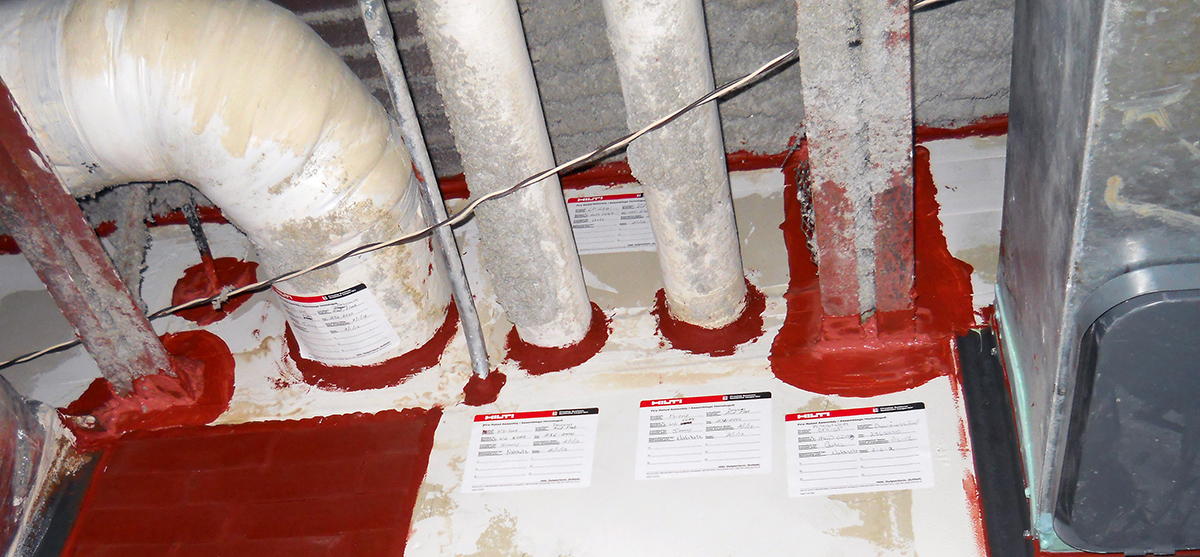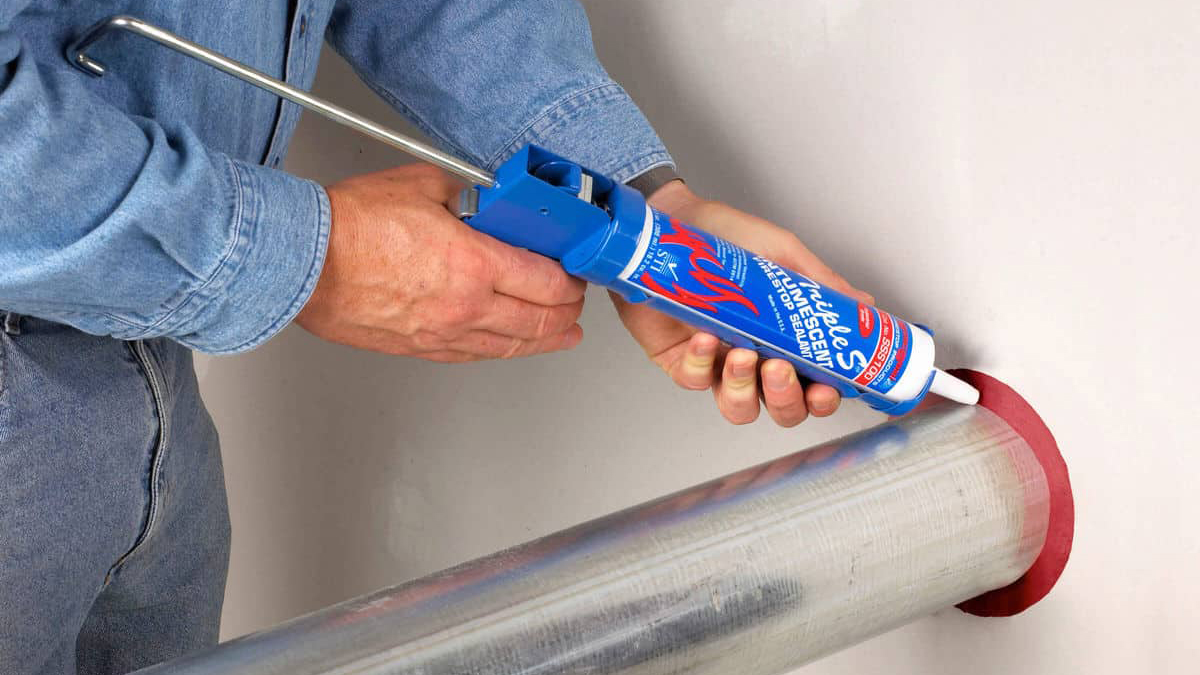Where Is Fire Caulking Required?
When it comes to safeguarding buildings from potential fire hazards, every detail matters. One often overlooked but crucial element in this regard is fire caulking. This specialized sealant plays an integral role in preventing the spread of flames and smoke between compartments. In this guide, we at General Seal break down the ins and outs of fire caulking and where it’s essential.
Understanding Fire Caulking
Fire caulking, often referred to as firestop sealing, is a fireproof sealant used in buildings to prevent the spread of fire and smoke. These sealants are designed to expand when exposed to high temperatures, effectively sealing off any gaps or joints.
But where exactly should fire caulking be applied? Let’s dive into the key areas.
Key Areas Requiring Fire Caulking
- Wall Penetrations: Walls often have penetrations for electrical outlets, plumbing lines, or HVAC systems. These openings can quickly become conduits for smoke and fire if not properly sealed. Fire caulking ensures that any potential pathways for fire are securely closed off.
- Between Floors: Multi-story buildings require special attention to prevent fire from traveling between levels. Implementing fire caulking in spaces between floors, particularly where there are gaps or openings, is paramount.
- Around Ducts and Vents: HVAC systems can, unfortunately, serve as a rapid transport system for smoke. Sealing around ducts and vents with fire caulking prevents this unwanted movement.
- Elevator Shafts: Elevator shafts act as vertical tunnels, which can facilitate the quick spread of fire upwards. Using fire caulking in these areas ensures a safer, more controlled environment in the event of a fire.
- Electrical and Utility Rooms: With a high concentration of wires, cables, and equipment, these rooms are particularly vulnerable. Every small opening or gap in these spaces should be treated with fire caulking.
- Perimeter Joints: These are the joints between floors and curtain walls. In many high-rise buildings, these joints are potential weak points where fire can jump between floors or sections. Fire caulking them can drastically reduce this risk.

Why Choose General Seal for Fire Caulking?
- Expertise: At General Seal, we understand the intricacies of building safety. Our team is trained to recognize areas that need fire caulking and to apply the sealant meticulously for optimal protection.
- Quality Assurance: We use industry-leading fire caulking products, ensuring durability and maximum safety. You can be confident knowing your building is protected by the best.
- Comprehensive Service: Beyond just applying fire caulking, we offer a comprehensive review of buildings, ensuring every potential risk is identified and appropriately addressed.
The Significance of Fire Caulking
While it might seem like a minor detail amidst the vast realm of building safety protocols, fire caulking is anything but trivial. Here’s why:
- Safety: The primary and most evident reason, fire caulking saves lives. By slowing the spread of fire, occupants have more time to evacuate, and emergency services have a better chance of controlling the situation.
- Property Preservation: Fires can cause irreparable damage to property. By containing a fire, you reduce the potential damage it can cause.
- Regulatory Compliance: Many jurisdictions have codes that mandate the use of fire caulking in specific areas of commercial and residential buildings. Keeping up with these requirements avoids potential penalties.
- Peace of Mind: Knowing that you’ve taken every possible step to safeguard your property and its occupants provides peace of mind. This is priceless, especially in commercial settings where the responsibility for many lives rests on the building management.
Conclusion
Fire caulking stands as a silent guardian in the face of potential fire threats. While unseen and often overlooked, its importance is paramount. At General Seal, we’re committed to ensuring every building gets the best protection possible. With our expertise in fire caulking, you can be assured that every nook and cranny vulnerable to fire spread is adequately sealed. Protect your property, ensure safety, and maintain compliance with General Seal’s fire caulking services. Safety, after all, should never be compromised.
Contact General Seal Today for your Building Maintenance requirements

